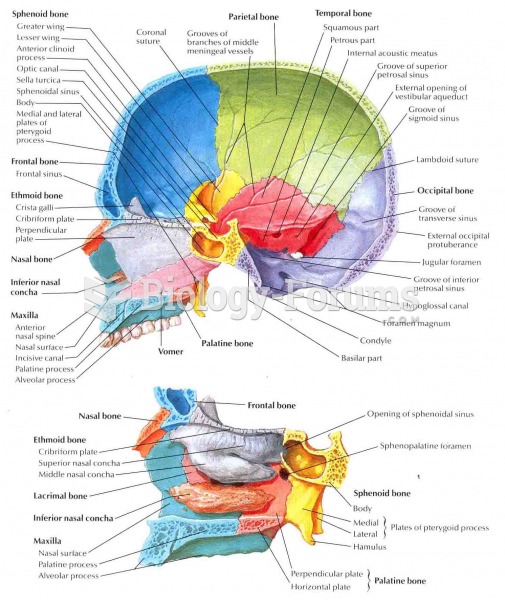Answer to Question 1
The Method section should begin immediately after the introduction (no page break) and should have the centered title, Method.. In APA format this section typically has four subsections: Participants, Measures, Design, and Procedures. Each of the four subsections should have a bold, left-justified section heading.
Participants: This section should describe the population of interest, the sampling frame, ethical considerations and IRB review/approval, recruitment, eligibility, sample selection procedures, and characteristics of the sample itself. If the research participants are self-selected they should be described as such. Describe problems in contacting and obtaining complete measures of the sample. Whenever possible, it is good to include comments on how many participants were in the study and how that number was estimated. A power analysis is a method of determining how many participants would be needed to find a meaningful effect. A precision analysis provides expectations about how much accuracy will be provided by your measures with a particular sample size (specifically, the 95 Confidence Interval around an outcome or effect size). A brief discussion of external validity is appropriate here; that is, you should state the degree to which you believe results will be generalizable from your sample to the population. One way to do this is by providing some details on subgroups in the sample (e.g., how many females and males).
Measures: This section should include a brief description of your constructs and all measures used to operationalize them. Short instruments can be presented in their entirety in this section. If you have more lengthy instruments, you may present some typical questions to give the reader a sense of what you did (and, depending on the context and the requirements of the publisher, include the full measure in an appendix).
For preexisting instruments, you should cite any relevant information about reliability and validity, including evidence of cultural validity. For all instruments, you should briefly state how you determined reliability and validity, report the results, and discuss them. Note that the procedures used to examine reliability and validity should be appropriate for the measures and the type of research you are conducting. If you are using archival data, describe original data collection procedures and any indexes (for example, combinations of individual measures) in sufficient detail. For scales, you must describe briefly the scaling procedure you used and how you implemented it. You should also describe any issues with missing or anomalous data and how these issues were managed. If your study is qualitative, describe the procedures you used for collecting your measures in detail. Appendices that include measures are typically labeled by letter (for example, Appendix A) and cited appropriately in the body of the text.
Design: Where appropriate, you should state the name of the design used and detail whether it is a true or quasi-experiment, survey, case study, and so on. Explain the composition of subgroups and the assignment to conditions. For nonstandard or tailored designs, you might also present the design structure (for instance, you might use the X and O notation used in this book). Describe major independent and dependent variables in this subsection. Ensure that the design is appropriate for the problem and that it addresses the hypothesis. You should also include a discussion of internal validity that describes the major plausible threats in your study and how the design accounts for them, if at all.
Procedures: Generally, this section ties together the sampling, measurement, and research design. In this section, you should briefly describe the overall sequence of steps or events from beginning to end (including sampling, measurement, and use of groups in designs), any procedures followed to assure that participants are protected and informed, and how their confidentiality will be protected (where relevant). Many journals now require a flow diagram giving specific details on every step from enrollment to analysis.
Answer to Question 2
B







